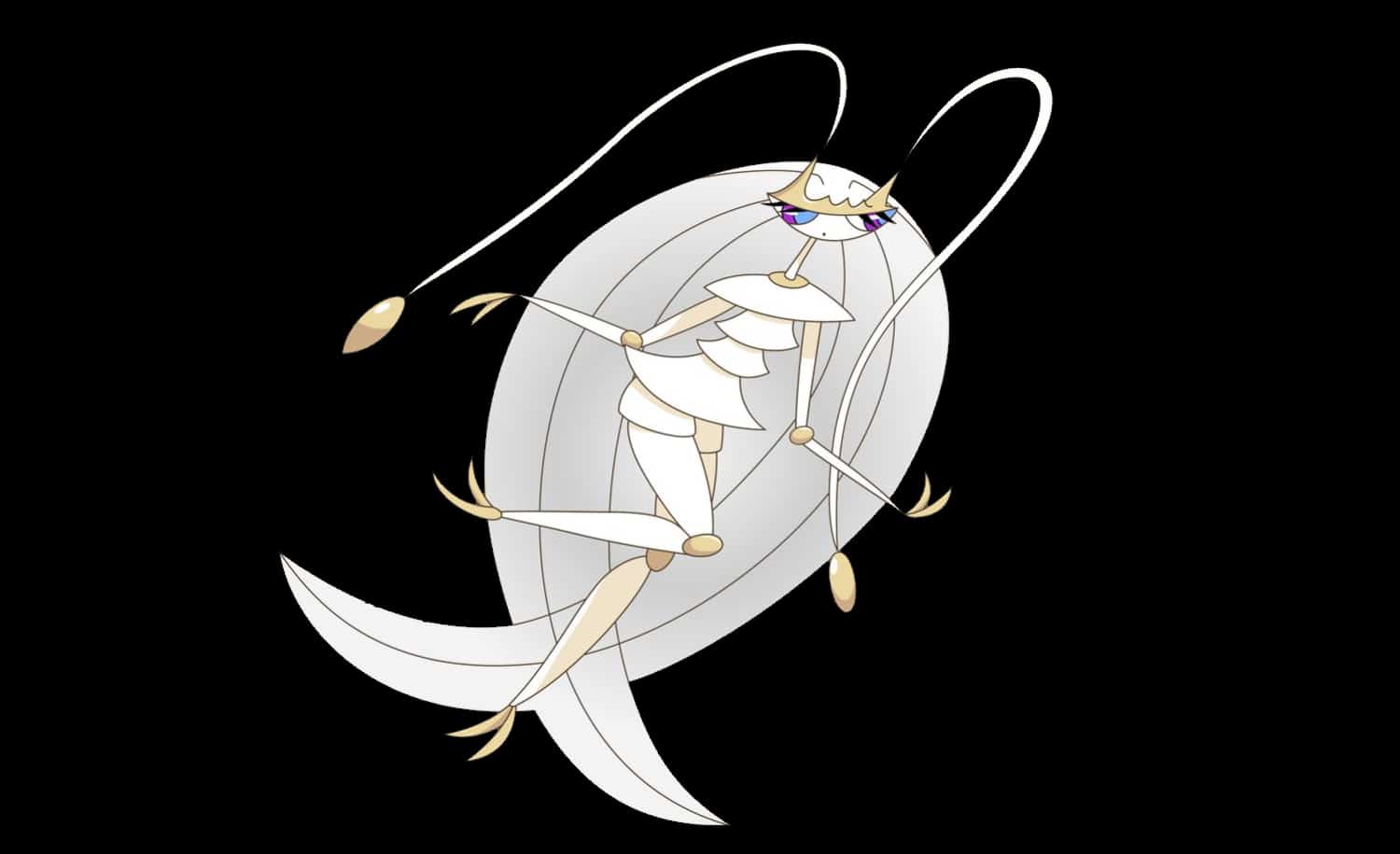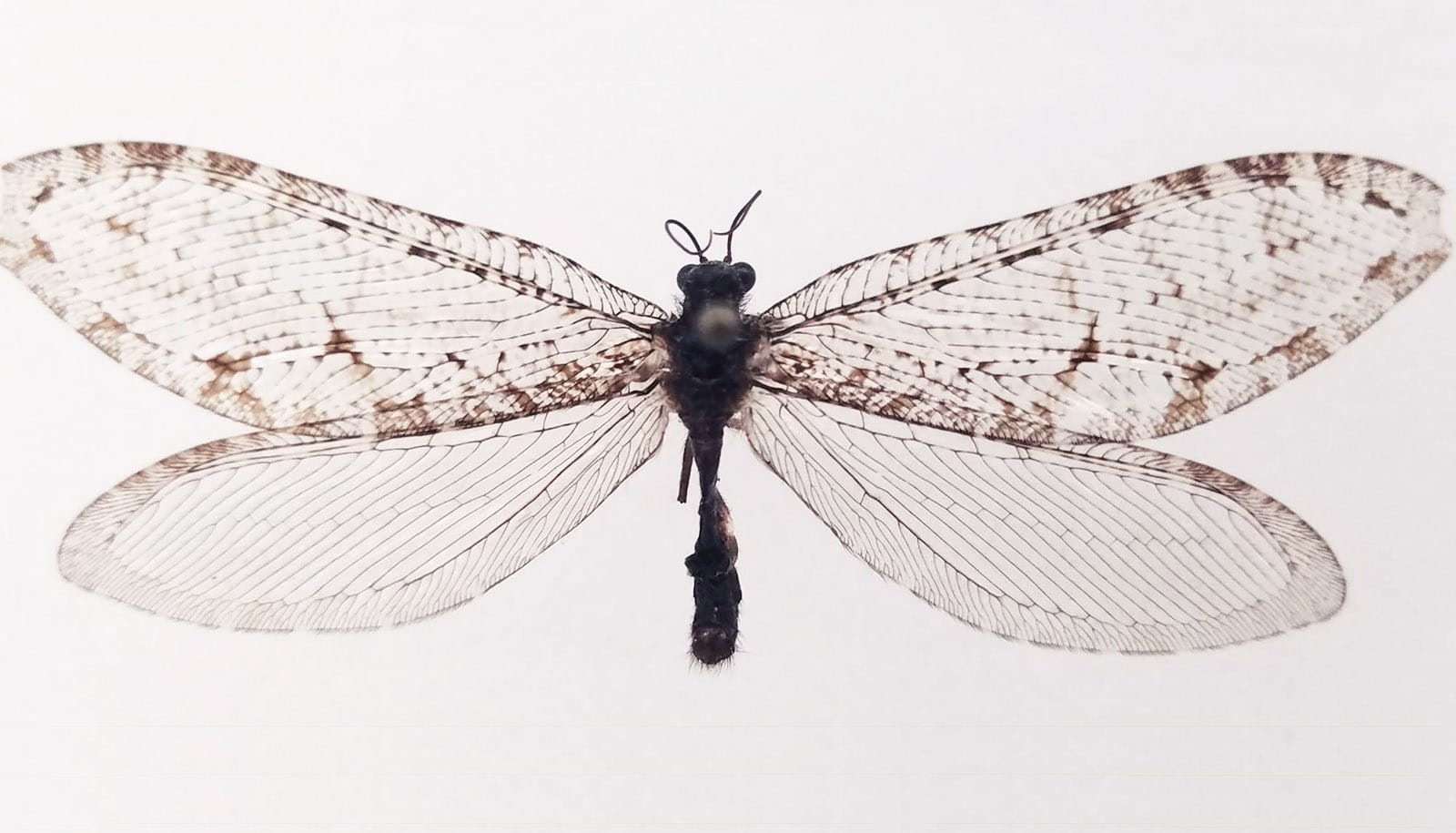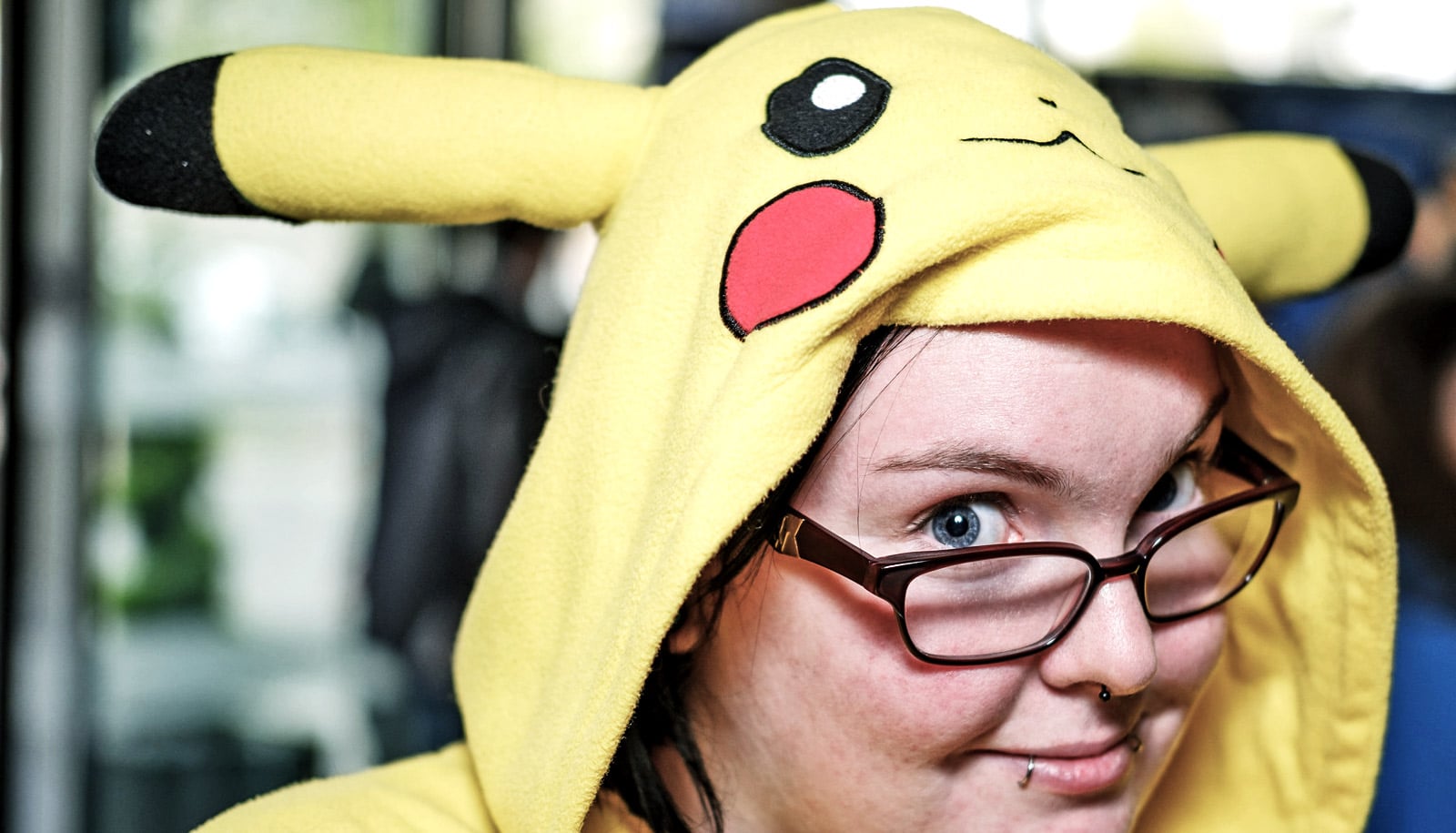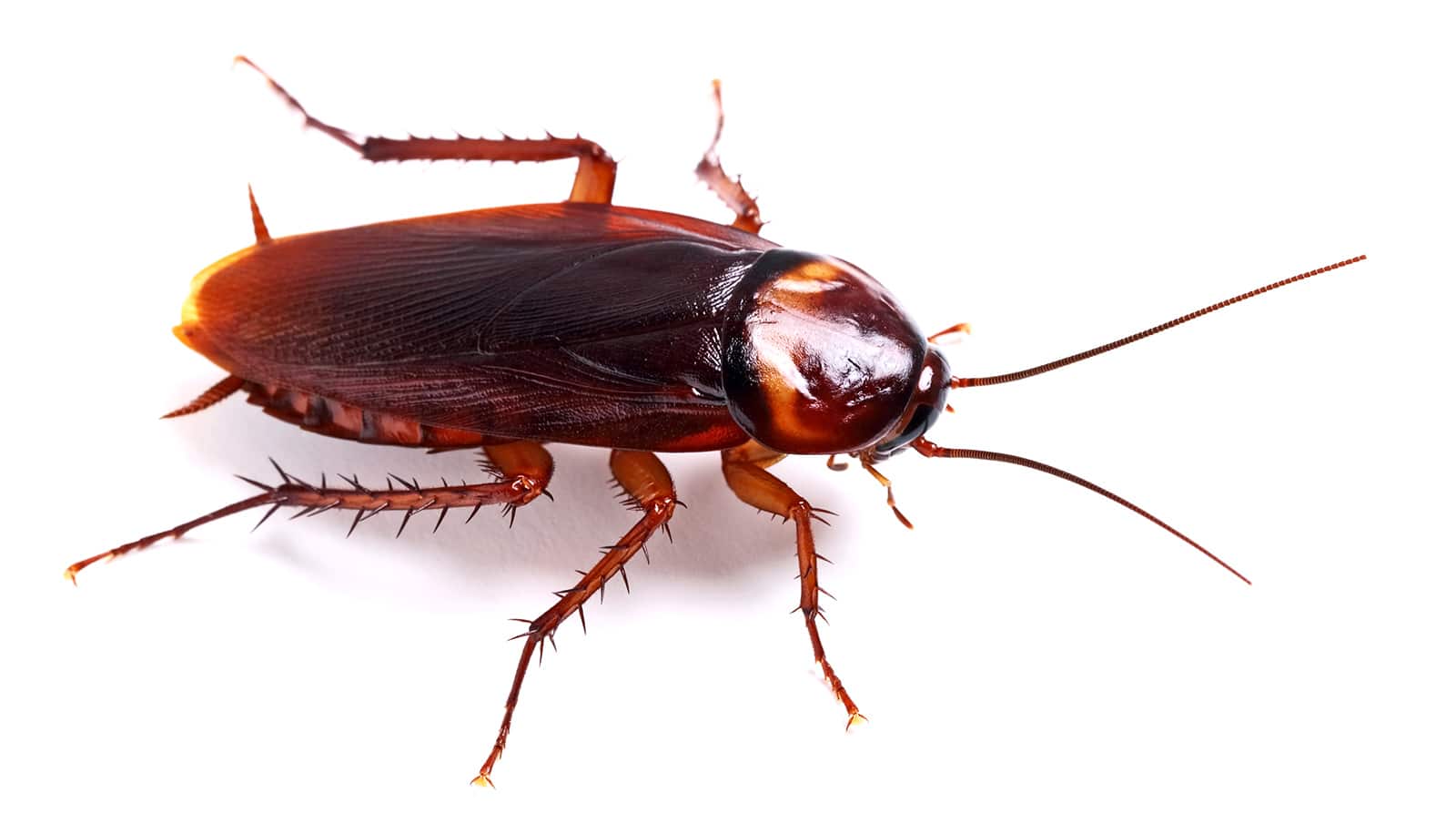Scientists have named a new species of cockroach found in Singapore after the Pokémon Pheromosa.
A specimen of the previously unknown species was collected between 2016 and 2017 in a forest at the Bukit Timah Nature Reserve during an insect survey. Its identity remained a mystery until Foo Maosheng, scientific officer and entomologist with the Lee Kong Chian Natural History Museum at the National University of Singapore, partnered with Cristian Lucañas of the UPLB Museum of Natural History in the Philippines to study it in greater detail.
They found no record of the cockroach in Singapore, which suggested that the species was yet to be formally documented. The two entomologists report their discovery in the Journal of Asia-Pacific Entomology, outlining the characteristics of this new species of cockroach.
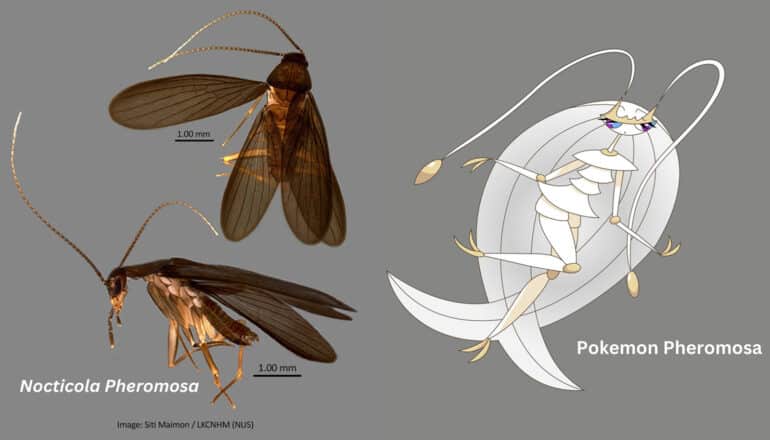
Being fans of the video game series Pokémon, Foo and Lucañas came up with the name Nocticola pheromosa for this newly identified species of cockroach due to the cockroach’s physical resemblance to the Pokémon. The Pokémon was itself inspired by a cockroach, Pheromosa. It is also the first time a cockroach from the genus Nocticola—meaning fond of the night in Latin—has been found in Singapore. This new species will join 22 others within the same genus, which has been found in tropical Africa, India, mainland Asia, Southeast Asia, and Australia.
This new species appears to be similar to the Nocticola adebratti Roth from Borneo in terms of its wings and eyes. But the researchers also note differences between the Singapore and Bornean species in the arrangement of veins on its wings and male genitalia. Dissection of Nocticola pheromosa allowed the two entomologists to discover that it was actually a species new to the scientific community.
“I’m like one of those bug-type trainers [in Pokémon] as I go to different places to find out more about what insects we have,” says Foo in the Straits Times. “This contributes to the museum for research and education and The Biodiversity of Singapore website, which is kind of like our local Pokédex.”
Source: NUS
